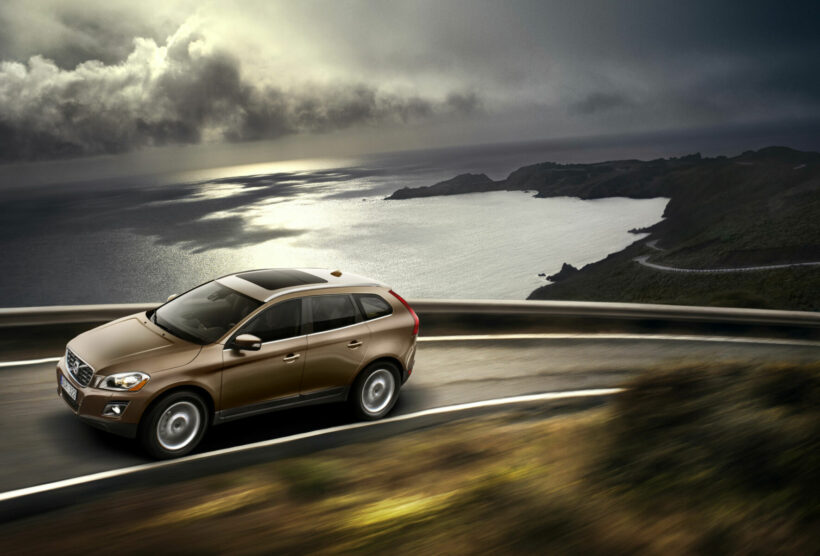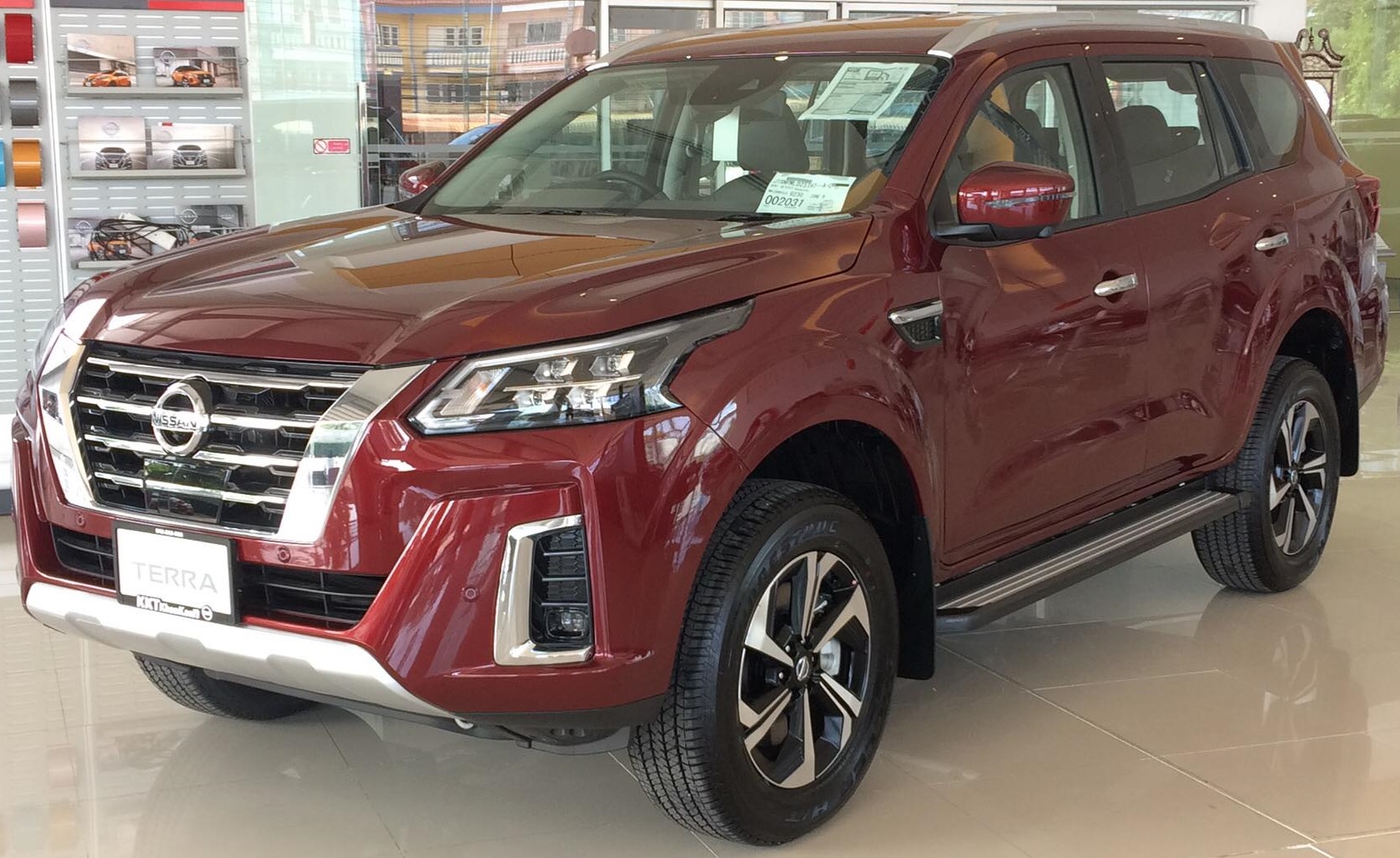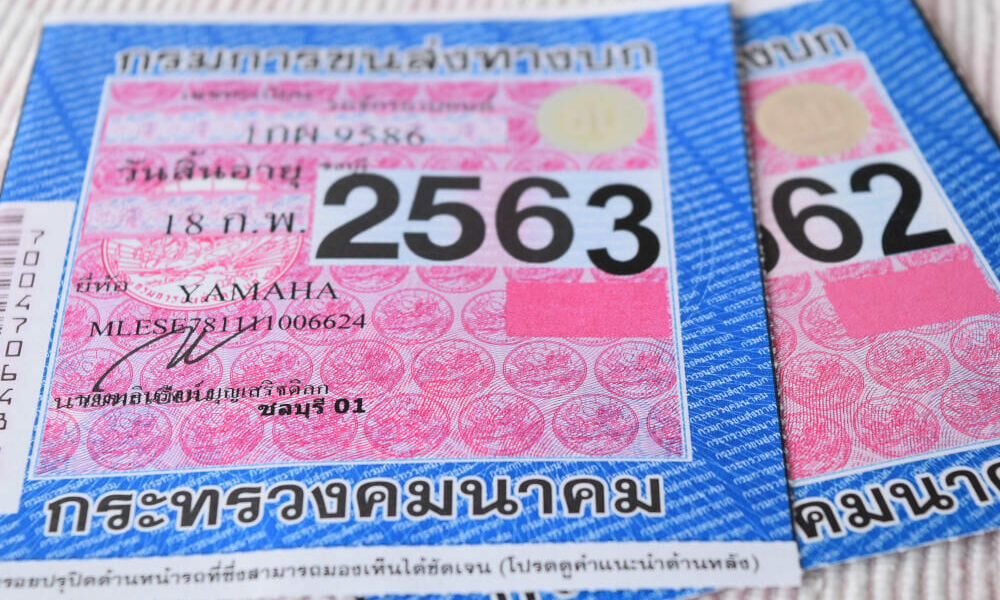The process of buying a new car in Thailand

Buying a new car anywhere in the world can be exciting, yet a bit stressful if you don’t have sufficient knowledge on the process. In Thailand, expats who wish to buy a new car may be faced with an additional set of stressors that include language barriers and laws. Here, we have a guide to buying a new car in Thailand to help you be more prepared for the buying process.
Deposit
After choosing the car you want, you need to reserve the car by paying a deposit. This is because most new cars in Thailand are made to order. Usually the deposit is anywhere from 5,000-10,000 baht. Upon paying, you should get a receipt that includes the details of your new car. From the make and model to the colour and delivery date, the receipt should act as a written confirmation that you have reserved the car. Keep in mind that ordering a new car can take up to 6 months for it to be delivered. However, delivery times vary widely.
Check over the new car from top to bottom
Once your car has arrived, check the car from top to bottom. The outside, inside, and how it drives all need to be checked upon receiving. Additionally, any freebies that you were promised need to be verified as well. The warranty, manufacture date, inspection date, and engine number also need to be checked before accepting the car. Bringing a car expert with you to help you check these things can also ease the burden of future issues.

Verify documents received
When you receive your car, you should also receive the necessary documents. A car manual, CPTI, temporal red book, tax sticker and car insurance documents should all be in your hands the day you receive the vehicle.
License plates
New cars will feature a red license plate that will be replaced with official white plates in a few months. The red plates cost around 2,500 baht, but that cost is refunded when you switch the license plates over to the official white ones. Remember, if you don’t transfer the plates, it could result in a fine by police. And, vehicles with red license plates are restricted to driving only during the day and province in which the car is registered. When you do transfer the red plates to white plates, you should receive the official blue book (ownership) on the same day as the transfer or a few days after. If you financed the new car, you will receive a copy of the blue book with the financial institution listed as the owner. This will go into your name once the car loan is paid in full.
The registration paperwork must be taken to the Department of Land Transport. As your car was purchased new, the dealer should do this step for you once you have prepared the following documents:
-Passport (signed copies of all visa pages and photo page)
-Certificate of residency (Issued by the Immigration Bureau or applicant’s Embassy), or a work permit. All need to be signed.
-Valid Thai driving license
Transferring ownership
First, you must submit the required paperwork and get it checked by an official. Once the official has checked the paperwork, it must be stamped. If you bought a car from another province, you may be asked to come back in a few days as they will need to verify the details. When you return, you need to inspect the car to make sure the details match the details on the submitted paperwork. After this is done, you will be asked to come back and collect the plates and the Blue Book.
The transfer cost is based on the estimated sale value of your car. In addition to the stamp fee, there is a 105 baht transfer fee. The stamp fee is .005 baht from the estimated price. So, if your car is estimated at 300,000 baht, the transfer cost would be (105+ (300,000 x .005)).

Tax
Buyers will pay an initial tax as part of the registration process. As the tax depends on the make and model of your car, it is usually between 800 baht-10,000 baht per year. Your dealer should be able to tell you how much tax you will be expected to pay. Tax is paid at the same time as the CTPL. This can be done through the Department of Land Transport or a 3rd party representative. After paying the tax, make sure you stick an updated tax sticker on your car.
After taking note of these steps in the process of buying a new car, you should feel a bit more at ease as the process isn’t as bad as you may think. Additionally, since a dealership is involved, you most likely have an easier process as they can help guide you along the way. Dealership representatives should also have a better command of the English language to help communicate important details to you more fluidly. Remember, to always check documents and your cars registered numbers, especially if someone else prepares the documents for you.
Latest Thailand News
Follow The Thaiger on Google News:


























